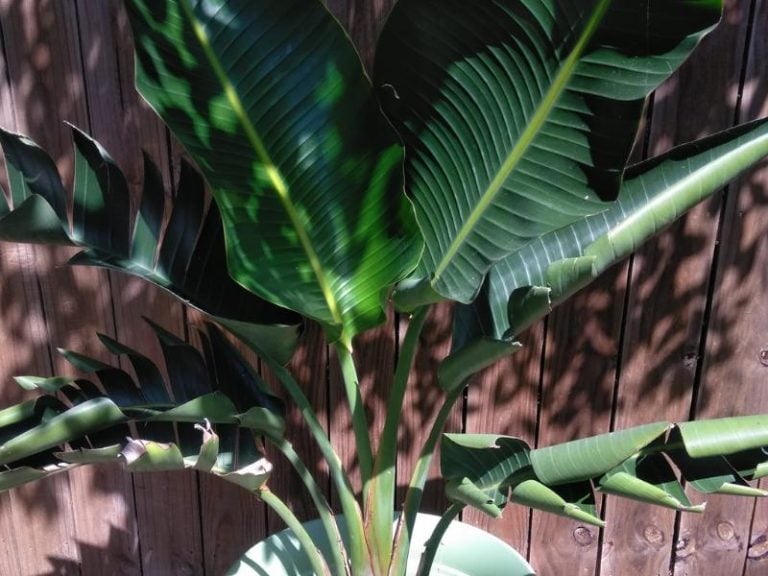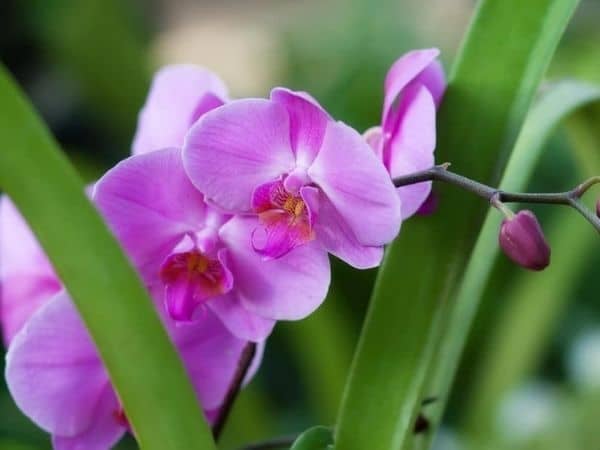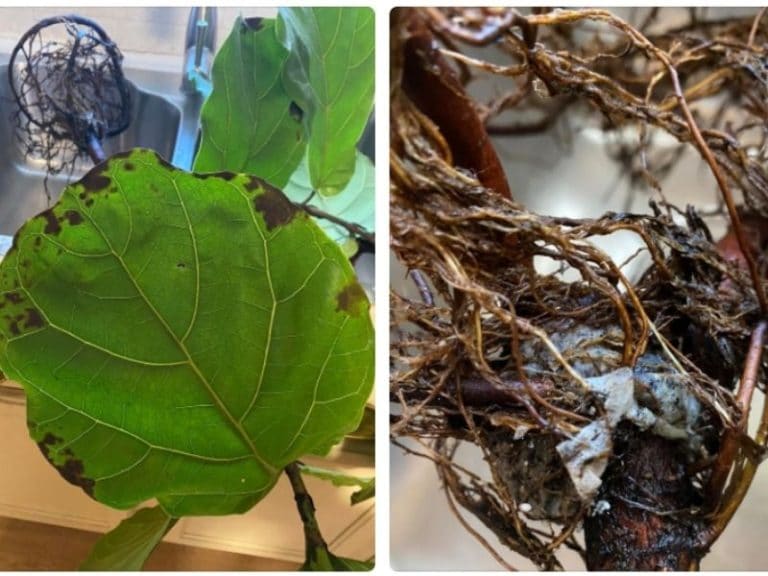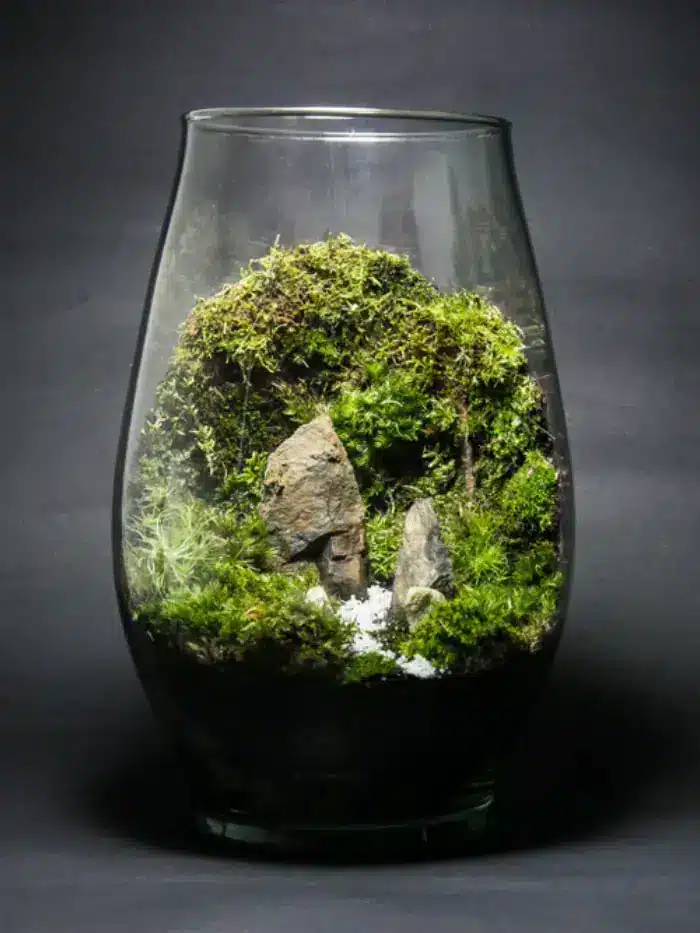9 Tall Indoor Trees for Low Light Conditions
With enough space in your house, you might consider some indoor trees or tall, tree-like plants to create a peaceful space for yourself. The problem is that not all spaces are well-lit, so you are limited to indoor trees that can grow in low light. So, what are these trees that don’t need much light?
Indoor trees that grow in low light conditions include the Madagascar dragon tree, umbrella tree, money tree, Norfolk Island pine, lady palm tree, and rubber plant. You can also grow a corn plant, dumb cane, and areca palms in indoor spaces with very little light away from windows.
Here’s a list of the best indoor trees for low light:
| Tree | Name | Light Needed | Buy |
|---|---|---|---|
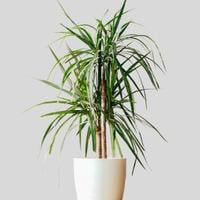
|
Madagascar Dragon Tree | 4-6 hours low light | |
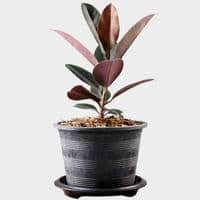
|
Rubber Tree | 6-8 hours indirect low light | |
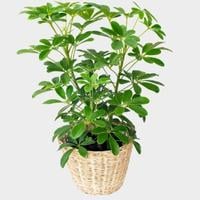
|
Umbrella Tree | At least 4 hours indirect dim light. | |
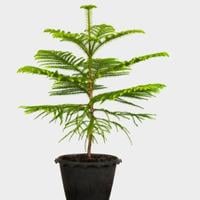
|
Norfolk Island Pine | 8-10 hours indirect low light. | |
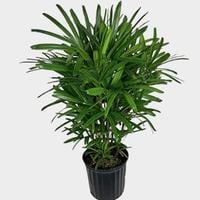
|
Lady Palm Tree | 4 hours of indirect dim light. |
Contents:
Best Indoor Trees for Low Light
Low light conditions refer to where the light intensity is between 25 and 100-foot candles. These plants can thrive in such dim light, but it is preferable to provide medium lighting of up to 500-foot candles for the trees to grow better.
Here’s a list of the best tall and large indoor trees for low light:
1. Rubber plant (Ficus elastica)
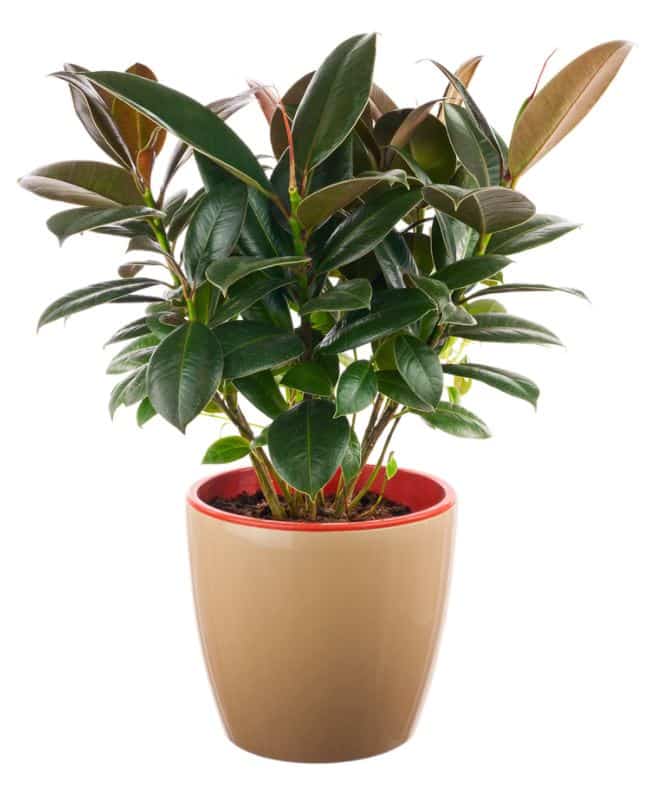
For large indoor trees for low-light rooms, a rubber tree is a great choice because of its large glossy leaves that capture the little light available for photosynthesis. This tree can grow 6 to 10 feet tall when indoors, but if this height is too much, you can prune the tree to your desired height.
Although rubber trees do well in bright light, they can adapt to indoor low light and thrive to become tall trees. You can place your potted rubber tree near the east-facing window in your house to enjoy the morning sunlight. Placing it farther away from the window where light intensity decreases is also fine.
| Name(s) | Ficus elastica, rubber fig, rubber tree, rubber plant. |
| Light requirements | Indirect light – place near a window indoors. Dim light is also enough. |
| Water requirements | Keep the soil moist but not soggy. Wipe leaves in summer with a damp cloth. |
| Maximum height | 6-10 feet tall (indoors) |
| Indoor benefit | Cleans air to remove toxins e.g. formaldehyde. |
A rubber tree is easy to maintain and grows indoors when you keep its potting soil moist. This can take watering just once or twice a month, especially during the dormant season.
You may need to mist the plant’s leaves or even wipe them with a damp piece of cloth to keep the plant happy and clean indoor air, removing carbon dioxide and breaking it into clean, breathable oxygen.
2. Madagascar Dragon Tree
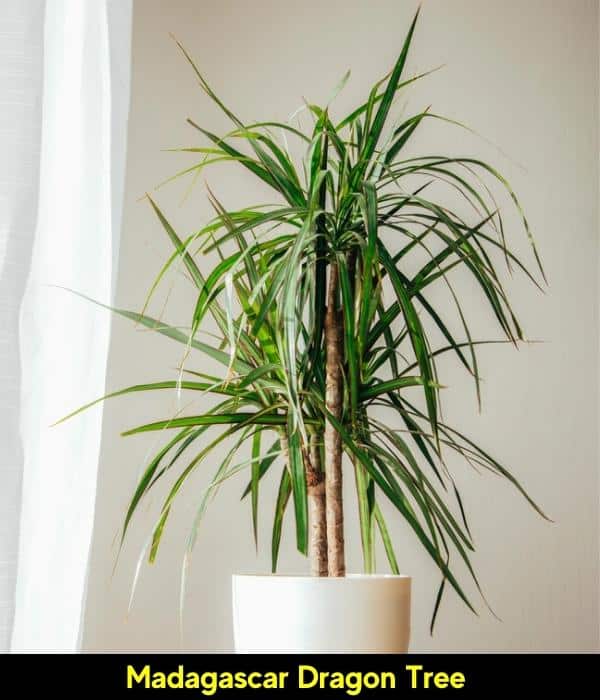
The Madagascar dragon tree (Dracaena marginata) grows well indoors in medium indirect light to low light conditions. As an indoor plant for low light, this tree can grow up to 20 feet tall and may need pruning to retain a height of about 6 feet that’s suitable for most limited or small indoor spaces.
Here’s a fact and care sheet for the indoor Madagascar dragon tree:
| Name(s) | Malaysian Dracaena; Straight-marginated Dracaena; Pleomele Red-marginated Dracaena; Song of India |
| Light requirements | Medium indirect to low light conditions. |
| Water requirements | Water when the soil dries out. |
| Maximum height | Up to 20 feet tall (indoors) |
Dragon trees are hardy in nature, and their care routine is not very demanding. Although they grow a little slower than some of the fast-growing houseplants, these trees add texture and color to any home with their bi-color or tricolor foliage, depending on the variety.
Generally, they have edged leaves that are reddish or purple in color. The grassy foliage (narrow leaves) gives it a distinct look compared to most indoor low-light plants on this list.
3. Umbrella Tree (Schefflera actinophylla)
The umbrella tree reaches up to 4-6 feet tall when grown indoors, which makes it a great choice if you want a fairly tall tree for low light conditions. It prefers bright indirect light but can tolerate low light conditions when placed farther away from the window.
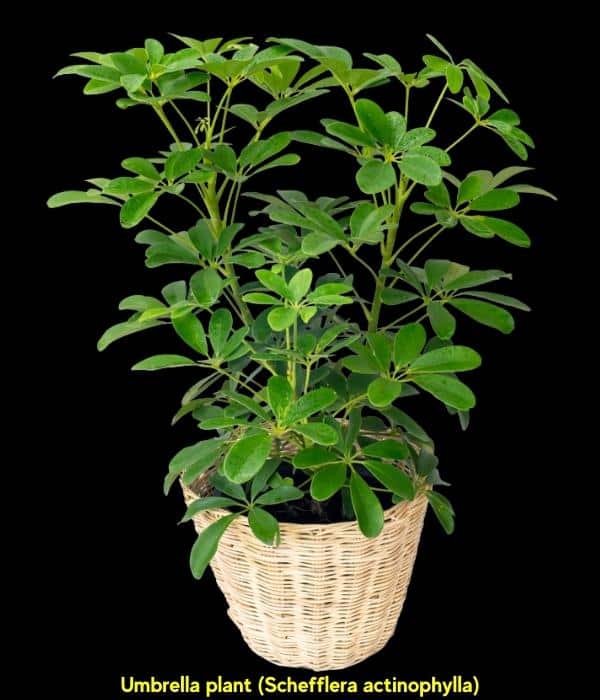
I’ve found that the umbrella tree keeps growing while leaning toward the light source, so you want to rotate the pot often to make it grow full and even.
The umbrella tree requires 3-4 hours of light, but bright direct sun will burn the plant. I recommend positioning it near a southern, western, or eastern-facing window. Ensure it receives filtered light, which means placing it slightly far away from the window or filtering the light with a sheer is ideal.
You can choose from the umbrella tree varieties: Trinette, Green gold, Gold Capella, Dazzle, and Compacta.
4. Lady palm (Rhapis excelsa)
Lady palms are often grown in shady landscapes but are great indoor palm trees for low-light conditions. The plant has a clustering growth pattern and can tolerate low intensities of light and harsh cold during the winter months.
Lady palms require indirect light and can still grow well in very low light and reach a height of 7 feet. Being an evergreen type indoor palm tree, I recommend you place it near doors or areas that are far away from windows because the tree can tolerate low humidity, cold winters, and deep shade.
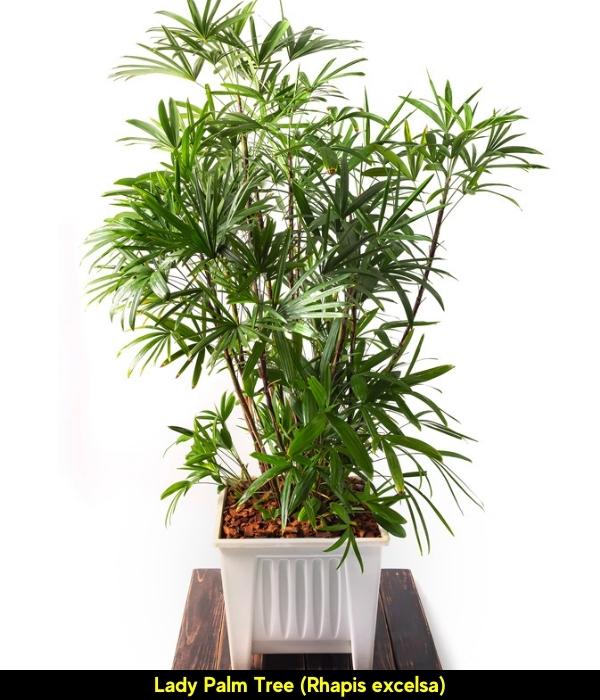
Without proper care, the green fronds of the palm tree will develop brown tips and appear as though they’re drying up.
Here are growing requirements for lady palms:
- Names: Fan Tufted Palm; Broadleaf Lady Palm; Bamboo Palm
- Light requirements: medium indirect to low light
- Size indoors: 7 feet
- Growth rate: slow
- Water requirements: Low to moderate.
Pro tip: Avoid overwatering your palm trees by letting the soil dry out between waterings. Also, make sure you pot them in well-draining soil for better drainage. It helps prevent root rot in your palm trees.
5. Money Tree (Pachira aquatica)

You can grow the money tree in your poorly lit indoor space as a bonsai houseplant or let it grow tall. Pachira aquatica plants can grow 6-8 feet tall as houseplants, though in their native wild, they can reach a height of 60 ft.
Grow this tree in a well-draining potting mix and provide water generously, but only when the top 1-2 inches of the potting soil is dry to avoid overwatering, often leading to root rot in money trees.
| Name(s) | Guiana Chestnut; Provision tree; French peanut; Malabar chestnut. |
| Light requirements | Bright indirect to low light (tolerance). |
| Water requirements | Once every 1-2 weeks. |
| Maximum height | 6 – 8 feet tall (indoors) |
SEE ALSO: How to Care for Your Money Tree
6. Norfolk Island Pine (Araucaria heterophylla)
The Norfolk Island pine is a common holiday or Christmas tree that can be grown successfully as a houseplant in spaces that don’t get much light. It is an evergreen plant with many short, narrow needle-like dark green leaves, making it well-adapted to shady conditions that it does not need much sunlight to thrive.
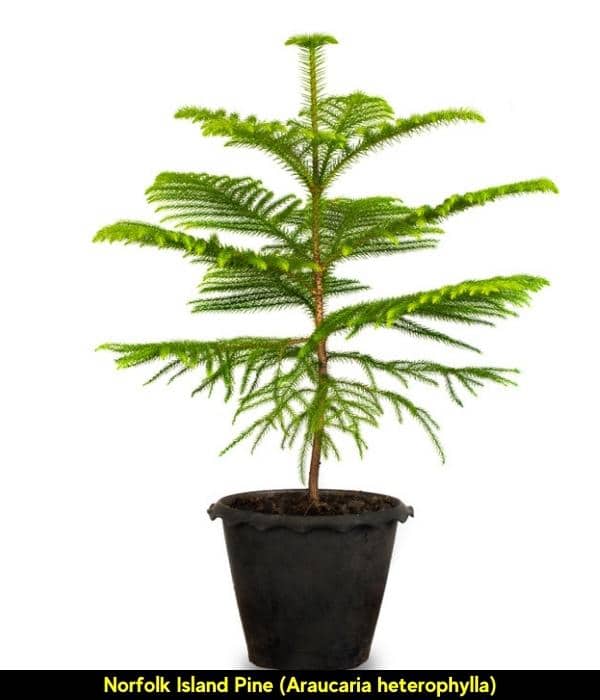
You can place the Norfolk Island Pine near or within 4 feet of a large east, south, or west-facing window where it will receive minimum light for photosynthesis.
It is best if the Norfolk pine receives at least 200-foot candles of light daily to remain healthy and grow its decorative qualities.
7. Corn plant (Dracaena fragrans)

The corn plant is a fairly tall, tree-like indoor plant with a cane-like stalk with rosettes of arching, broad evergreen leaves. It makes for a low-maintenance container indoor plant for low light conditions that can be trained to grow short or on a single stem.
The corn plant prefers shade and will grow well in low-light conditions when placed fairly far away from windows.
The name corn plant comes from the plant having a tall, unbranched stem similar to that of a corn stalk. It grows to a height of up to 6 ft. tall when planted in containers indoors.
Some of the best varieties you can grow indoors as trees for low light include the Dracaena limelight, Dracaena ‘Janet Craig,’ and the Lemon Lime Dracaena.
Here are the general requirements for corn plants:
- Names: False palm, Dracaena
- Sun exposure: shade and low light conditions.
- Water requirements: Once every 1-2 weeks.
- Size: 3-10 ft. tall indoors
8. Dumb cane (Dieffenbachia amoena)
The dumb cane is a tough plant that grows large with astonishing leaves. It can withstand just about any light condition except for direct sunlight which can scorch its leaves. The plant won’t grow in the dark though.
While it is not technically a tree, the dumb cane grows into a large plant with large variegated leaves bearing white and cream patterns. You can use it as a great option for decorating spaces that can take large trees indoors for beautification.
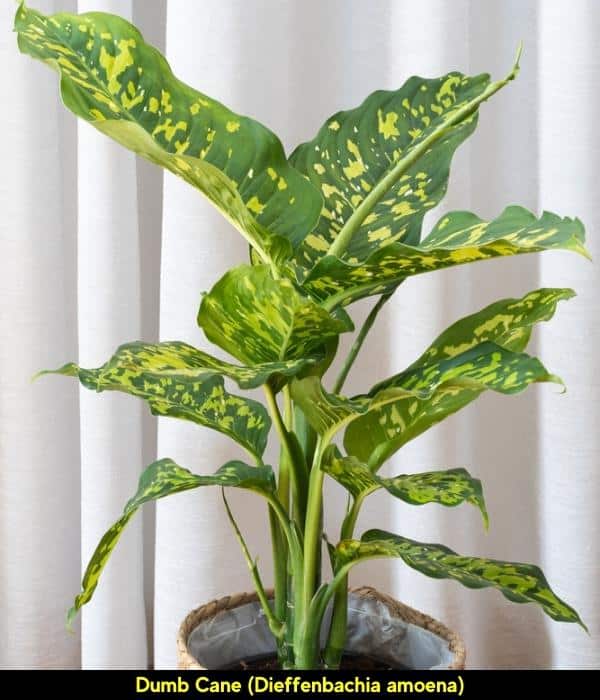
- Names: Charming Dieffenbachia; Leopard Lily; Tropic Snow; giant dumb cane
- Light needs: Dappled Sunlight to deep shade or no sunlight for long hours.
- Water requirements: Allow the top 1 inch of soil to dry out before watering again.
- Size: 6ft.
While dumb canes don’t need sunlight to thrive, they require at least 2 hours of indirect light for photosynthesis.
Some varieties of dumb cane, such as the Tropic Snow, can grow to a height of 6 ft. tall indoors.
9. Kentia Palm Tree (Howea forsteriana)
The Kentia palm tree is a common houseplant that can survive quite a bit of negligence and general rough handling. Being a broadleaf evergreen that thrives in harsh conditions, it is one of the best indoor trees for low light conditions.
The Kentia palm prefers indirect sunlight but can tolerate very low light conditions. Never place it where it receives direct sunlight to avoid scorching and general ill health.
It can also grow up to 12 ft. tall and 4 ft. wide indoors. This large tree may not be very suitable for small apartments due to its size. I’d prefer to grow it in houses with plenty of space and large windows.
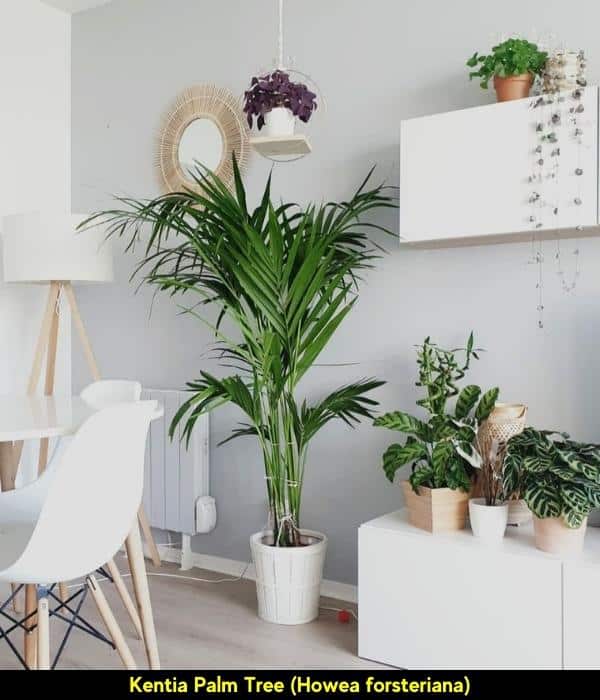
- Names: curly palm, Belmore sentry palm; Howea Belmoreana
- Light conditions: indirect, low light
- Height: 12 ft. Indoors
Can you grow tall indoor trees in low light?
You can grow tall trees indoors where they may not receive direct sun. However, these plants will still need to receive some indirect light to photosynthesize. Low-light indoor trees can tolerate a light intensity of at least 25-100-foot candles.
However, these trees still need more light to thrive and grow healthy. I recommend that you provide indirect light in the range of 100-500-foot candles, categorized as a medium bright light for the plants to remain happy and healthy.
Here’s a list of tall indoor trees that can tolerate low light:
- Rubber plant (10 ft. tall indoors)
- Madagascar dragon tree (20 ft. tall indoors)
- Norfolk Island Pine (8 ft. tall indoors)
- Kentia palm tree (12 ft. tall indoors)
- Corn plant (10 ft. tall indoors)
Light conditions are important but make sure the tree’s height can be accommodated by the space in your house.
Considerations when choosing indoor plants
Here are a few considerations when selecting your houseplants:
- Lighting: -many indoor plants require bright light without being subjected to direct sunlight rays. If the room where you intend to place the plant faces east, west, or southwards, you could be in luck. But if the room faces the northern part and you intend to grow cacti, you may have a problem.
- Temperature: The prevailing temperatures during summer and spring tend to be ideal for indoor plants. However, you can expect to experience some problems during the cold winter months when the temperatures begin to fluctuate as you alternate between switching your central heating system on and off. The problem is further compounded by dropping temperatures and cold drafts during this period.
- Pets: Homes with pets can pose a problem for certain indoor house plants. Cats have been known to chew on plants. Some plants may be toxic to dogs and cats. Confirm that the plant is not toxic before you take it home.
References
- North Carolina University Extension: Heptapleurum arboricola
- IFAS Extension: Lady palm for low light indoors
- University of Maryland Extension: Lighting for Indoor Plants
- Wikipedia: NASA Clean Air Study
- University of Missouri: Lighting Indoor Houseplants



